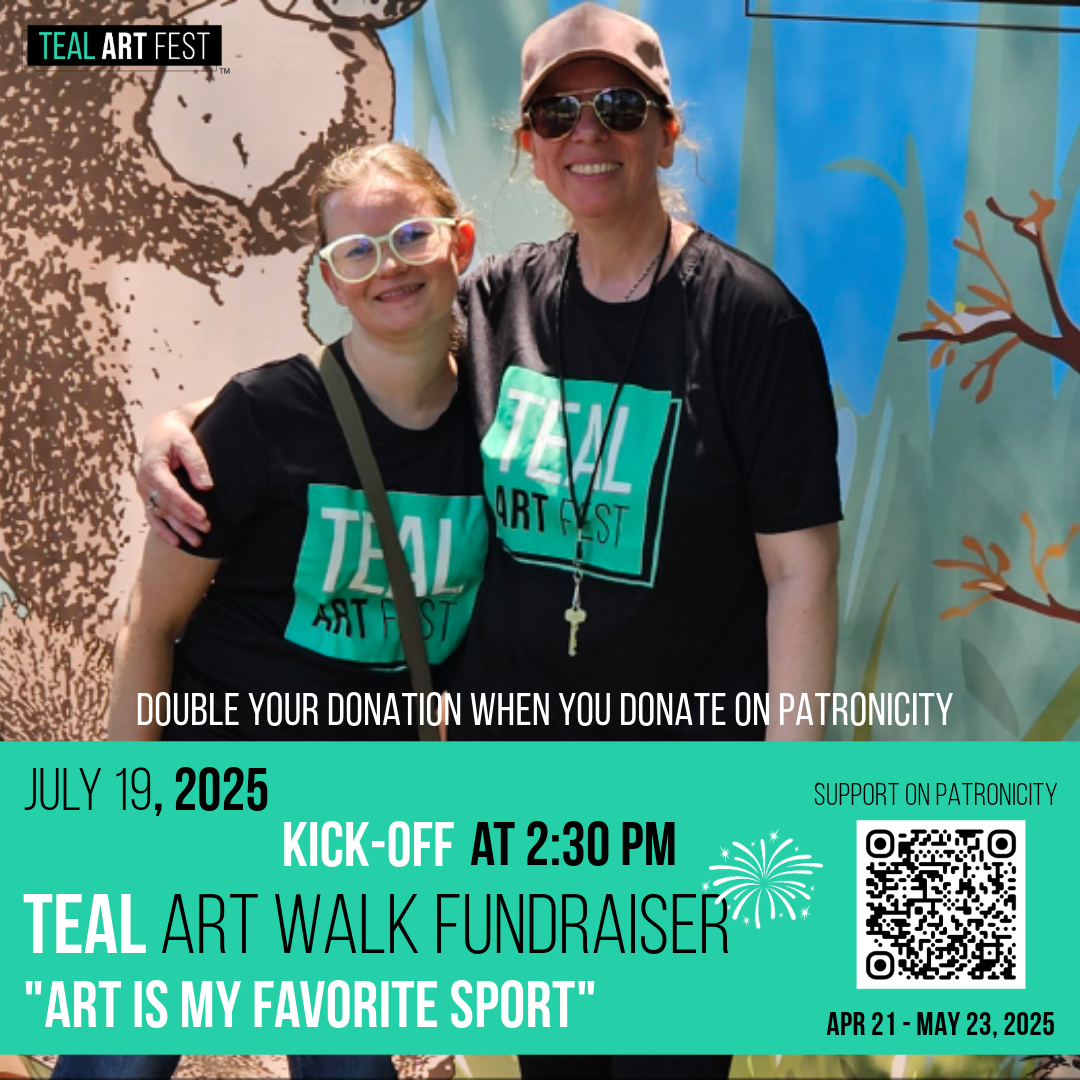Introduction
If you’ve ever taken a quiz that told you you’re a “visual learner” or heard a teacher say, “This activity is for all the kinesthetic learners out there,” you’re not alone. The idea of learning styles—the belief that students learn best when taught according to their personal style, whether visual, auditory, or hands-on—has been around for decades. It sounds intuitive and empowering. After all, we all have preferences, right?
But here’s the catch: while learning styles feel true, research shows they’re not backed by science. In fact, most psychologists and learning scientists now agree that the learning styles theory is a myth—one that might be doing more harm than good.
What Are Learning Styles, and Why Do People Believe in Them?
The most popular learning style models, like VARK (Visual, Auditory, Reading/writing, Kinesthetic), suggest that people have fixed ways of learning, and that teachers should match their instruction to these styles. Surveys show that over 80 percent of teachers believe this works. It’s easy to see why. Learning styles feel like a way to personalize education and give students tools that work for them.
But according to a major review by psychologist Harold Pashler and colleagues, there’s little evidence that teaching in a student’s preferred style actually improves their performance. If learning styles truly worked, then students taught in their preferred style would do significantly better than those who weren’t. But study after study shows that that doesn’t happen (Pashler et al. 108).
So, What Does the Research Say?
Recent studies, including a 2024 meta-analysis by Waddington and colleagues, looked at over 1,700 students across 21 studies. The results? Matching teaching style to learning style had only a tiny effect—and in most cases, no meaningful impact at all (Waddington et al. 3). The researchers concluded that there’s no strong reason for schools to keep using the learning styles approach.
Another study, by cognitive scientist Daniel Willingham, explains why this myth persists. He says that while people may prefer certain ways of receiving information, they aren’t necessarily learning better as a result. For example, visual learners might enjoy diagrams, but everyone benefits from seeing visuals when learning geography or anatomy. How content is taught should be guided by the content itself, not your particular style of learning.
Why It Matters: The Problem With Labels
So what’s the harm in using learning styles if they make students feel like they understand? The problem is that these labels can create mental roadblocks. If a student is told they’re a “visual learner,” they might avoid reading challenging texts or give up when faced with auditory learning. It’s a fixed mindset disguised as personalization.
Learning is hard. It often involves stretching your brain beyond your comfort zone. Good learning strategies—like practicing recall, spacing out study sessions, or explaining ideas to others—work for everyone, regardless of “style.” Labeling students can also shift focus away from these effective strategies in favor of trendy (but ineffective) tools.
Better Alternatives: What Really Helps Students Learn
Instead of matching instruction to learning style, educators should use strategies supported by real evidence:
- Retrieval Practice: Quizzing yourself helps strengthen memory more than rereading notes.
- Spaced Repetition: Reviewing material over time (instead of cramming) leads to long-term retention.
- Dual Coding: Combining words and visuals (like a diagram with an explanation) boosts understanding.
- Active Learning: Encouraging students to ask questions, teach others, or solve problems deepens engagement.
These methods work for nearly everyone, because they’re based on how the human brain processes and stores information—not on subjective preferences.
Why the Myth Won’t Die
Despite the lack of scientific support, the learning styles myth remains deeply embedded in school curricula, teacher training, and even textbooks. Part of this is because it feels right. People enjoy taking personality quizzes. Students like being told they’re unique. But when it comes to improving learning, “what feels good” doesn’t always equal “what works.”
There’s also a commercial side to it—entire industries are built around selling learning-style tests, posters, and programs. Unfortunately, this spreads misinformation, wastes resources, and distracts from what really helps students grow.
Conclusion: Let’s Move Beyond the Myth
The science is clear: learning styles don’t hold up under scrutiny. Instead of dividing students into categories, we should be teaching them how to learn—how to study well, think critically, and stretch their abilities. Education should empower students to adapt, not box them into fixed types.So the next time someone asks if you’re a visual learner or an auditory learner, try this answer: “I’m a flexible learner.” Because the most powerful tool in education isn’t a label—it’s a mindset.
Read more Youth Series articles on our Zealousness Blog https://ineducationonline.org/category/zealousness-sections/youth-series/.
References
- Pashler, Harold, et al. “Learning Styles: Concepts and Evidence.” 2008. Psychological Science in the Public Interest 9(3), 105-119. https://doi.org/10.1111/j.1539-6053.2009.01038.x.
- Waddington, David I., et al. “Is It Really a Neuromyth? A Meta-Analysis of the Learning Styles Matching Hypothesis.” 2024. Educational Psychology Review 37(2), 299-325. https://doi.org/10.1007/s10648-024-09789-2.
- Willingham, Daniel T. Why Don’t Students Like School? A Cognitive Scientist Answers Questions About How the Mind Works and What It Means for the Classroom. 2nd ed. Hoboken, N.J.: Jossey-Bass, 2009.












